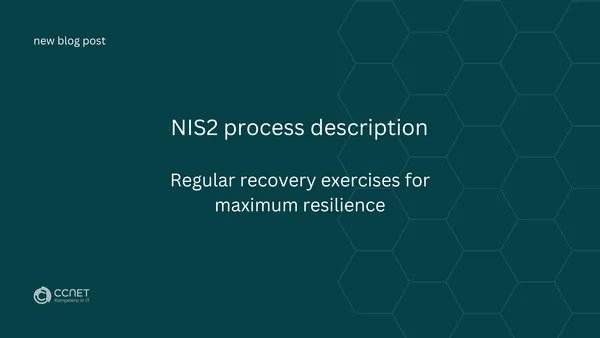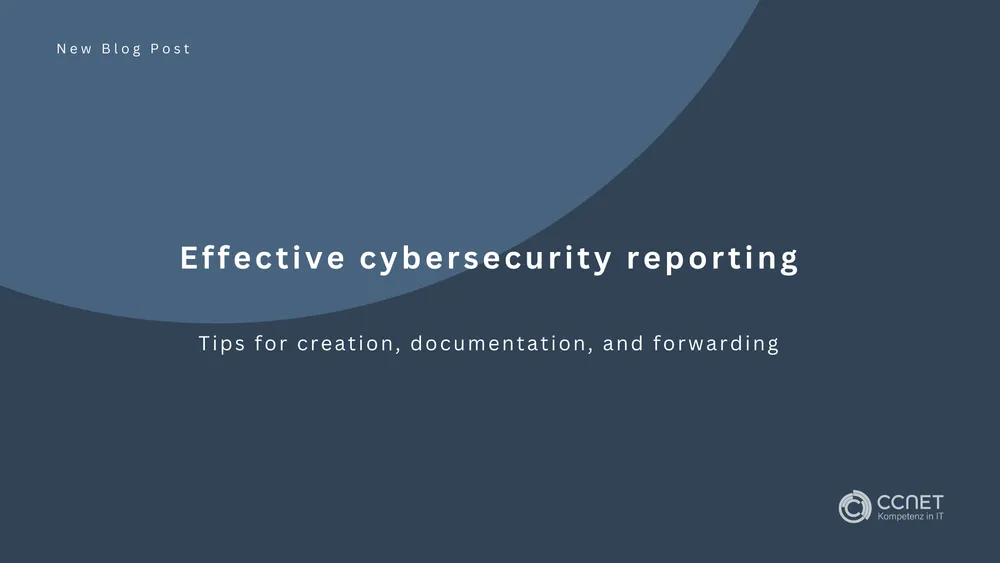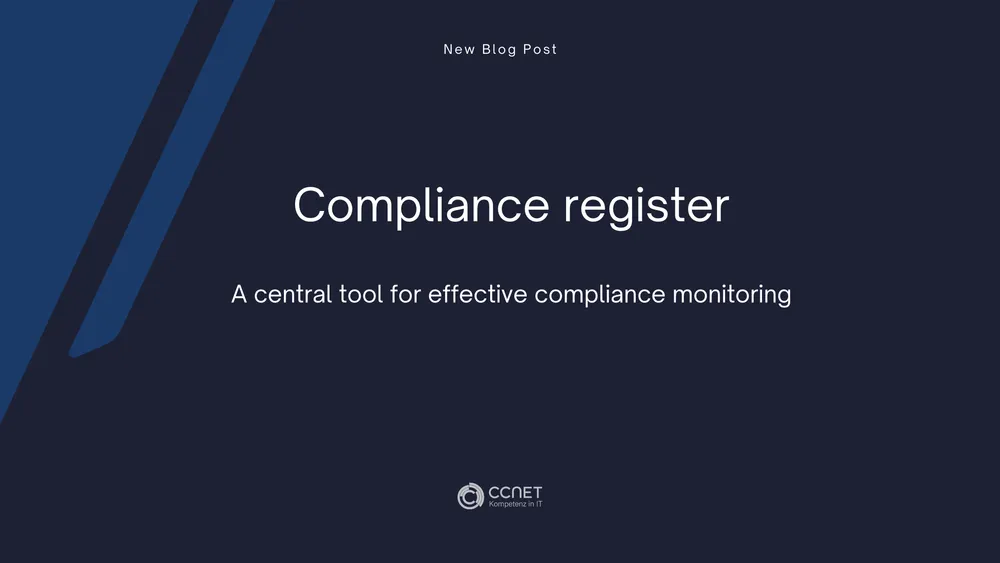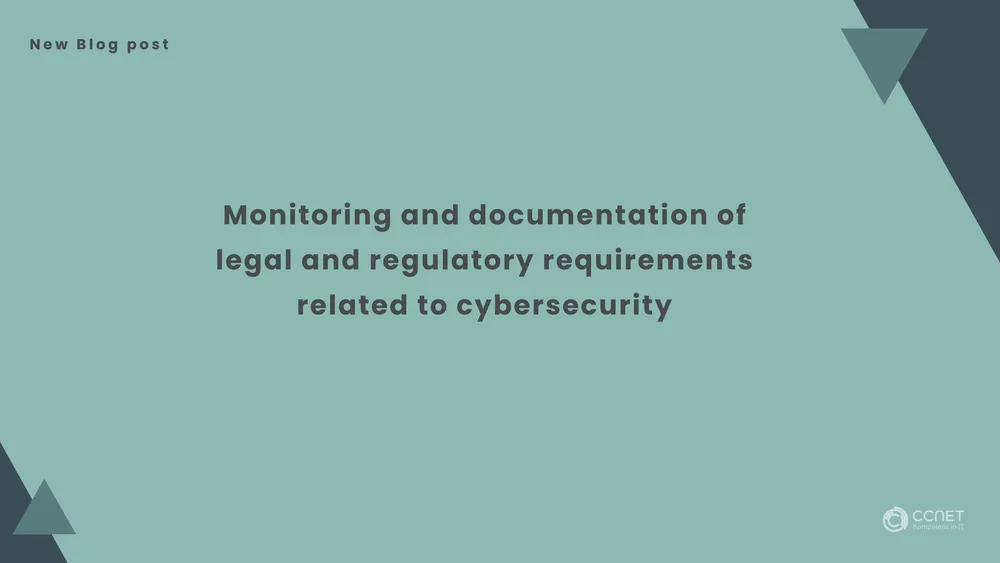
CCNet
Mar 10, 2025 • 2 min read

NIS2 process description: Regular recovery exercises for maximum resilience
NIS2 Process Description: Regular Recovery Drills for Maximum Resilience
A crucial process that ensures a company's resilience to emergencies and cyberattacks is the regular conduct of recovery drills. The goal is to assess the effectiveness of emergency plans and ensure the recoverability of all critical systems. Regular drills enable the company to respond quickly and effectively to disruptions, minimizing downtime and maintaining business continuity.
Planning the Drills
The process involves the planning, execution, and evaluation of drills, which are conducted quarterly for all critical IT systems and business processes. This ensures that all components essential for ongoing operations can be quickly restored during disruptions. The planning of the drills is the first step and is carried out by the IT security officer together with the business continuity manager. Together, they develop an annual drill plan that specifies which systems and processes will be tested in each drill. Realistic scenarios, such as data loss, system failures, or cyberattacks, are simulated to ensure that the drills are practical.
Preparation for the Drills
Preparation for the drills requires the provision of a test environment by the IT administrator, realistically replicating the actual production environment. Additionally, it ensures that all relevant backup data and systems are available. All affected departments and employees are informed about the drill and their respective roles.
Conducting the Drill
The conduct of the drill is carried out by the IT administrator under the supervision of the IT security officer. The drills begin according to the previously defined scenario, testing the recovery of critical systems and data from the secured backups within the established recovery time objective (RTO). Each phase and incident that occurs is documented to derive lessons learned.
Monitoring and Evaluation
The monitoring and evaluation of the drill are conducted by the IT security officer to ensure that all procedures are correctly followed and to assess the effectiveness of the recovery measures. Feedback from participants is collected to comprehensively document the experiences and insights from the drill.
Debriefing and Analysis
After each drill, a debriefing and analysis takes place. The IT security officer organizes a meeting with all participants to discuss the results. A detailed report summarizes the drill, the outcomes, and any potential improvements. This analysis serves as a foundation for developing an action plan to address identified weaknesses.
Implementation of Improvements
The implementation of improvements is another important step. Together with the IT administrator, the IT security officer implements the established improvements to optimize recoverability. Emergency plans and recovery procedures are adjusted accordingly to ensure that the company continuously learns from the drills.
Documentation and Archiving
The documentation and archiving of all aspects of the drills are essential. The IT administrator ensures that all preparations, executions, evaluations, and improvements are documented and archived. This documentation is not only relevant for future audits but also serves as a reference for upcoming drills.
Roles and Responsibilities
Roles and responsibilities are clearly defined. The IT security officer is responsible for planning and evaluating the drills, while the IT administrator leads the technical execution. The business continuity manager assists in the planning to ensure that all drills align with overarching emergency plans. Employees are required to understand their assigned roles and implement them during the drills.
Reporting
After each drill, a reporting system is established. A report documents the results of the drills and is presented to management. This serves as the basis for the continuous improvement of recovery processes.
Conclusion
Regular drills and their documentation lead to a continuous improvement of the process. Insights from the drills, new threats, or technological developments feed into the adaptation and further development of recovery measures to optimize the company’s ability to respond effectively and quickly in emergencies.


